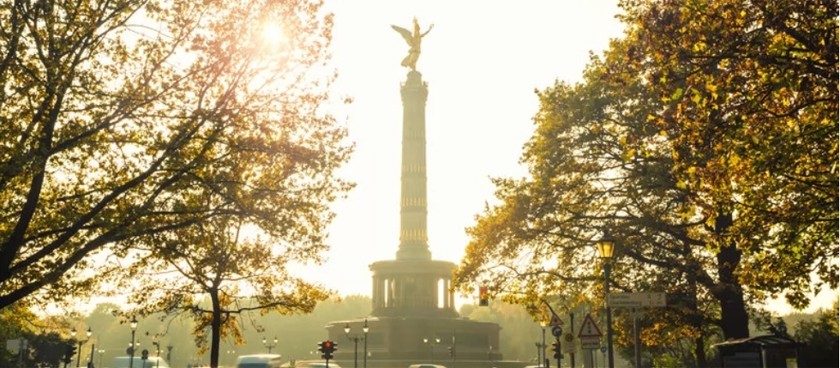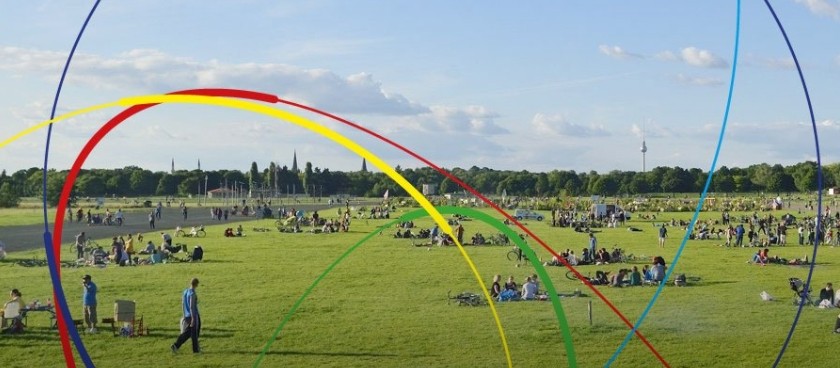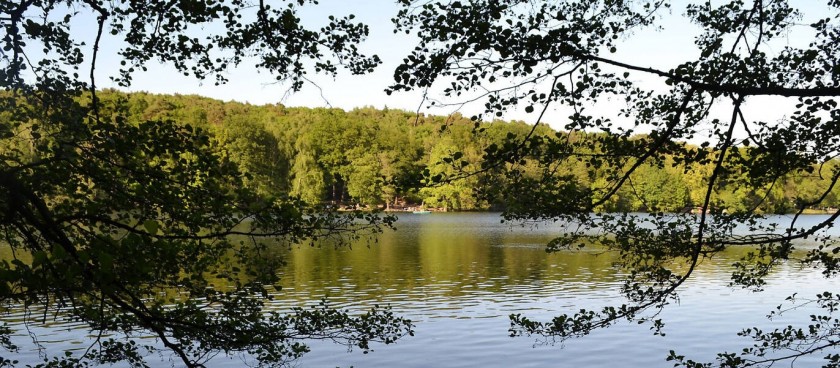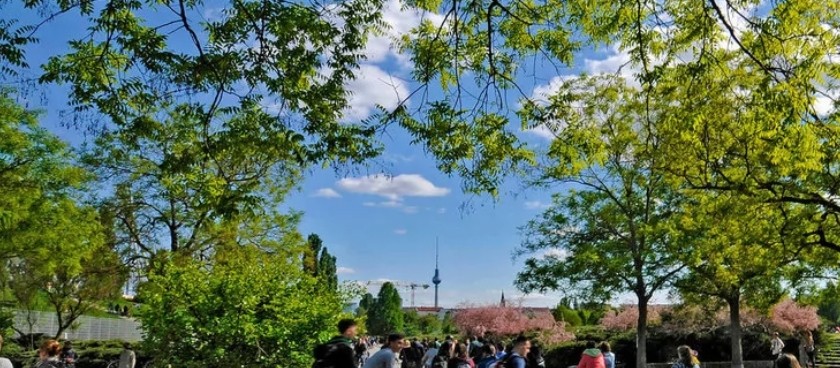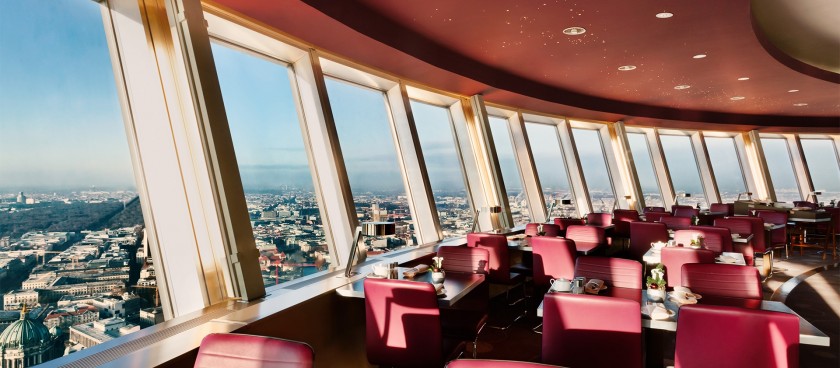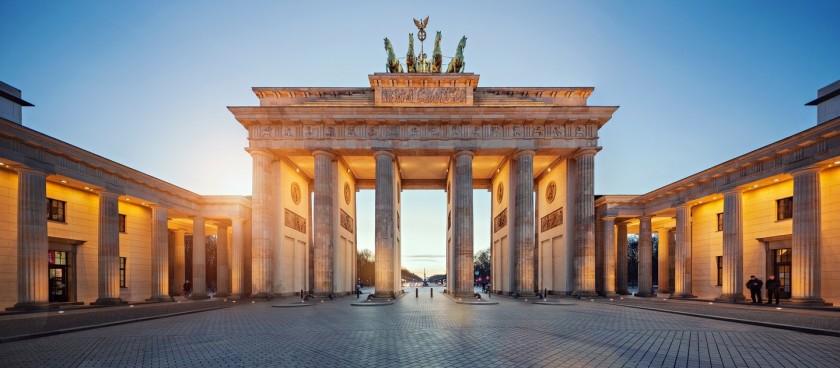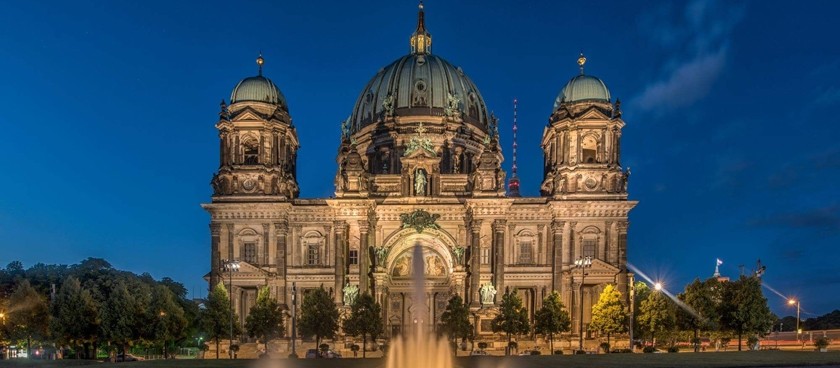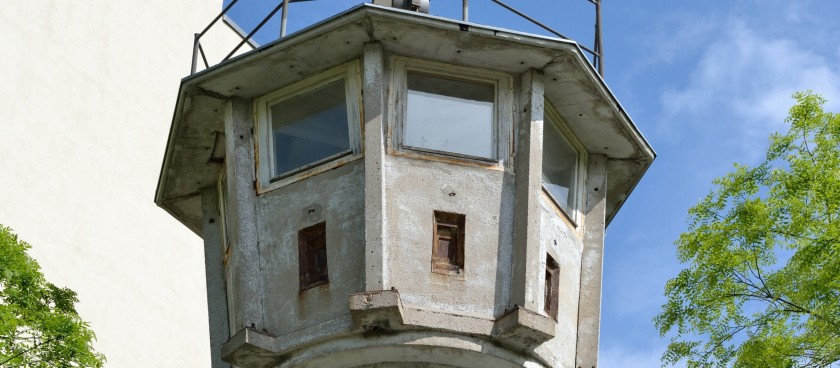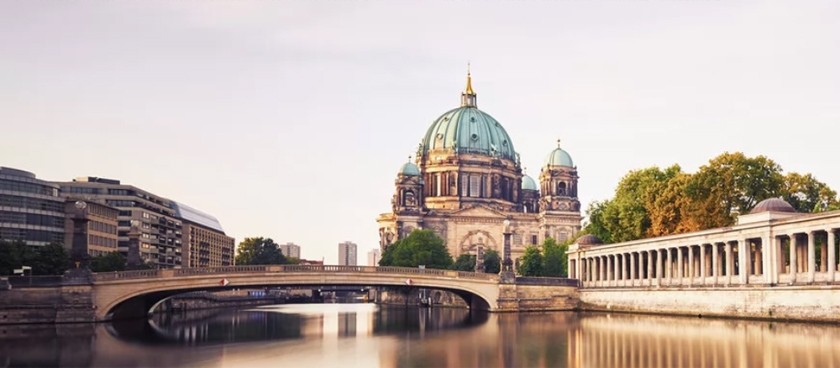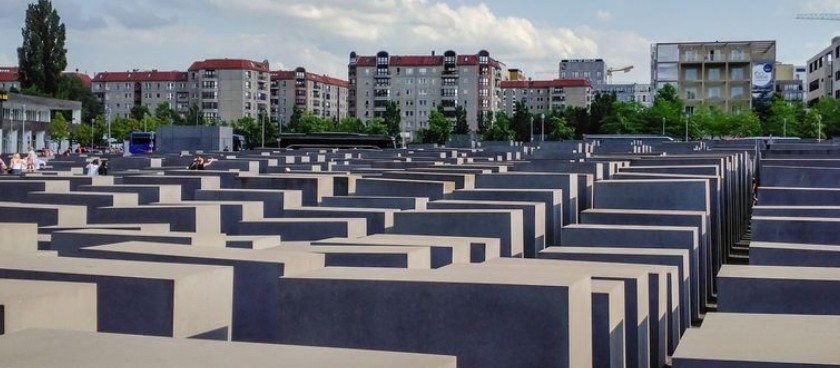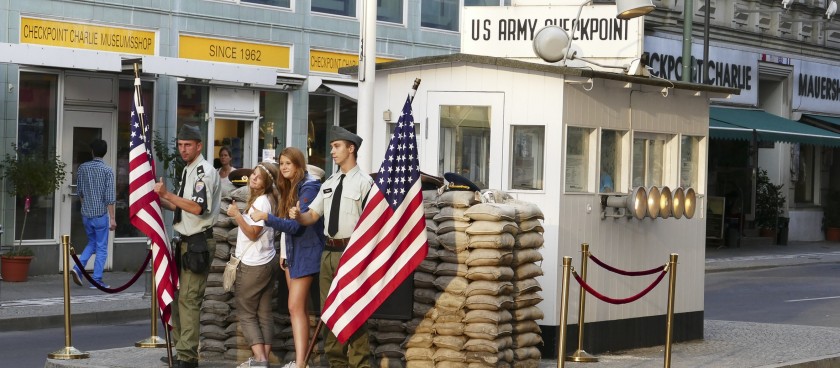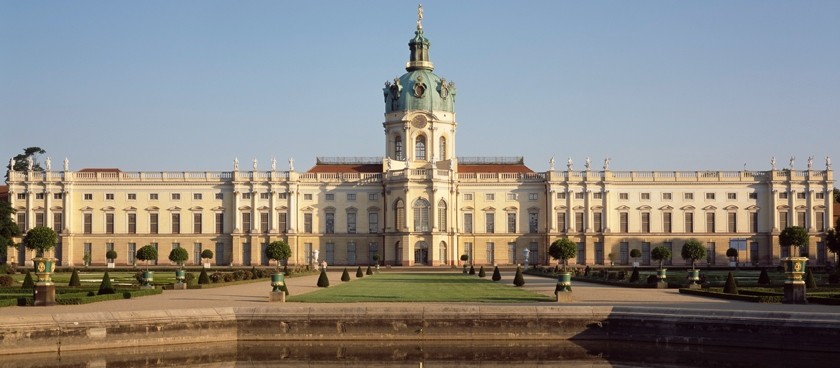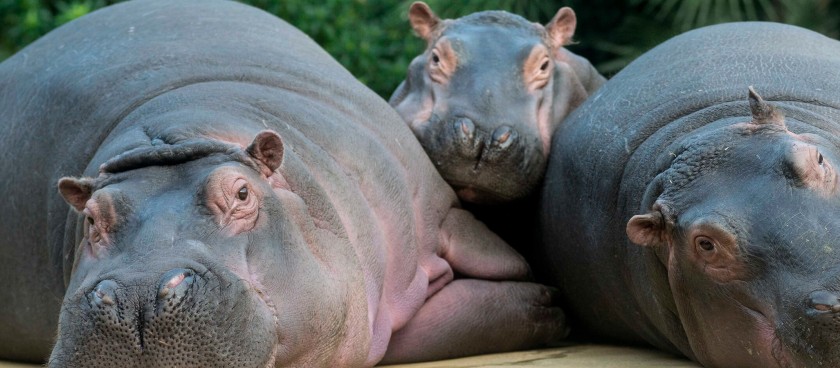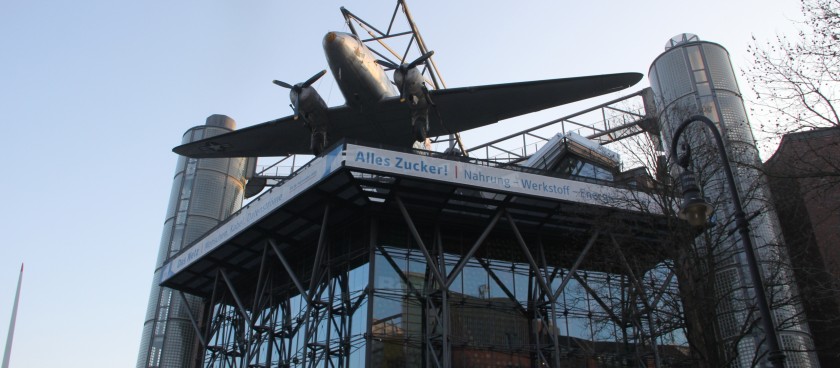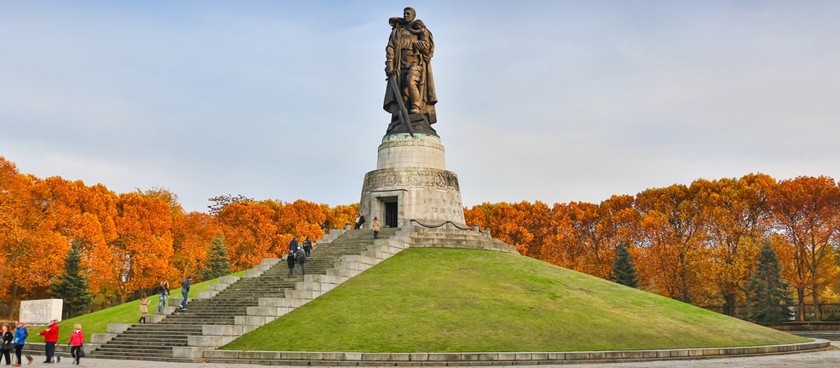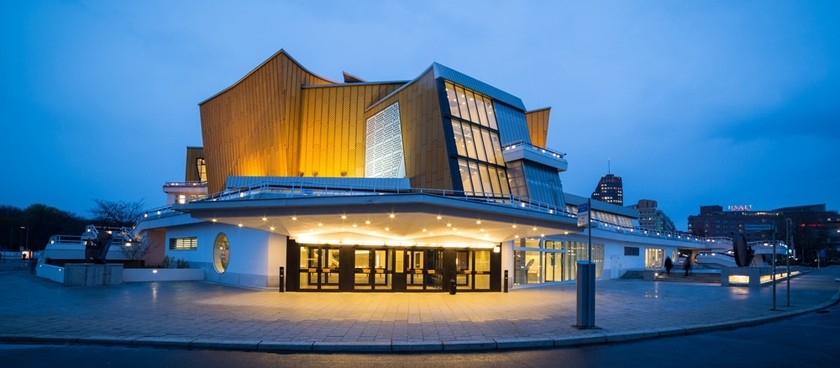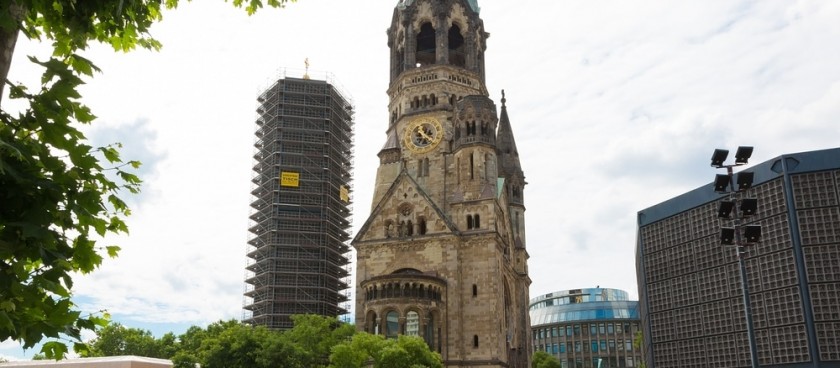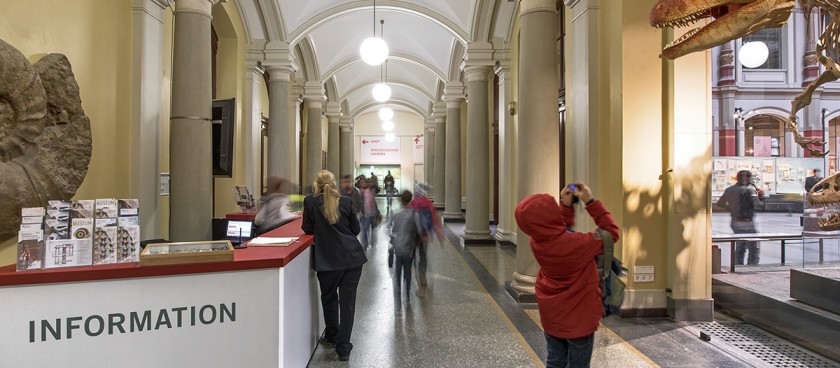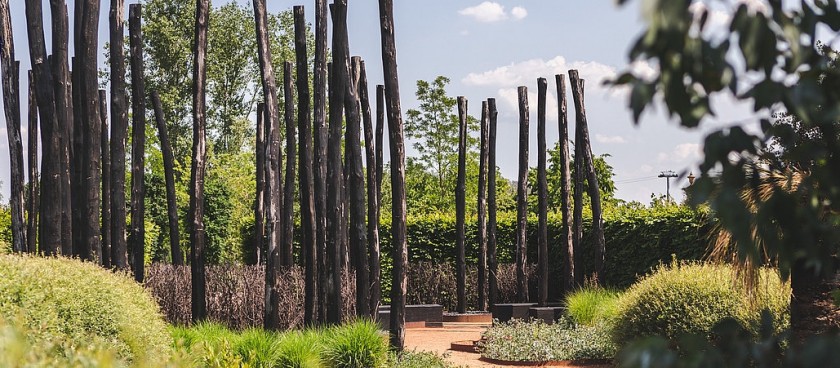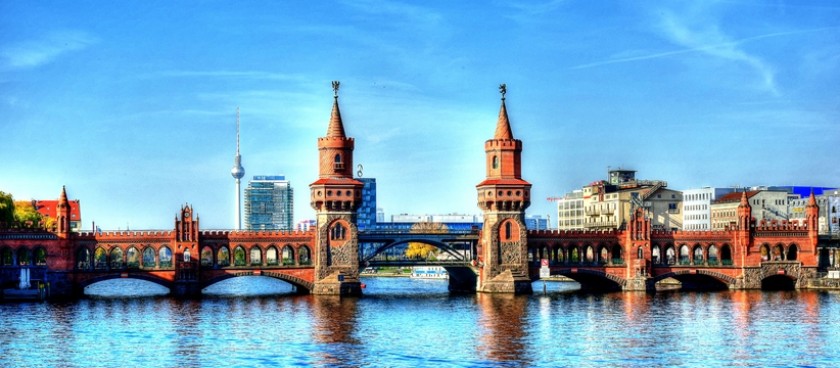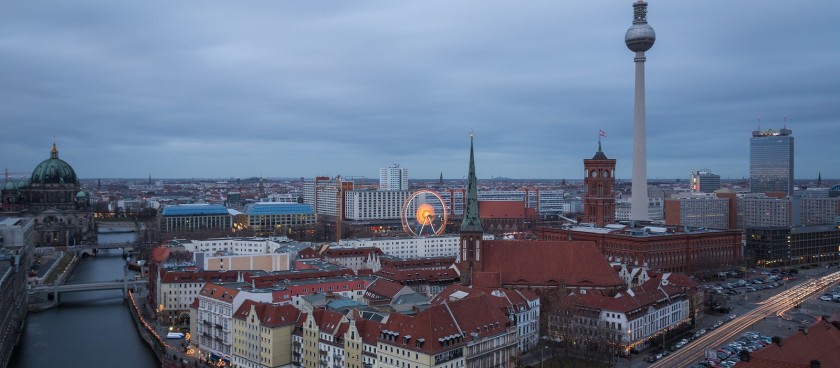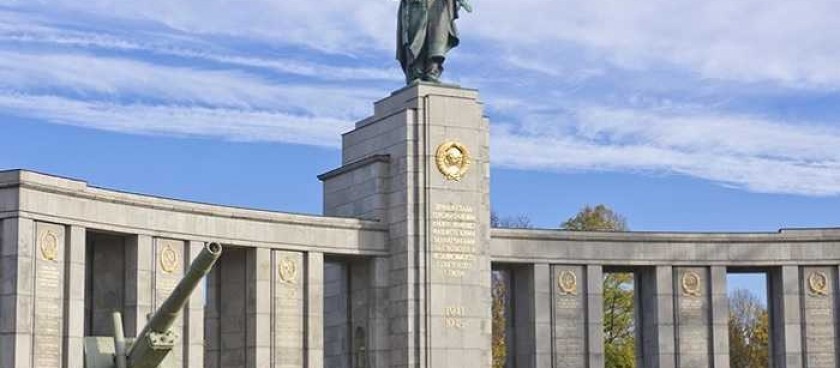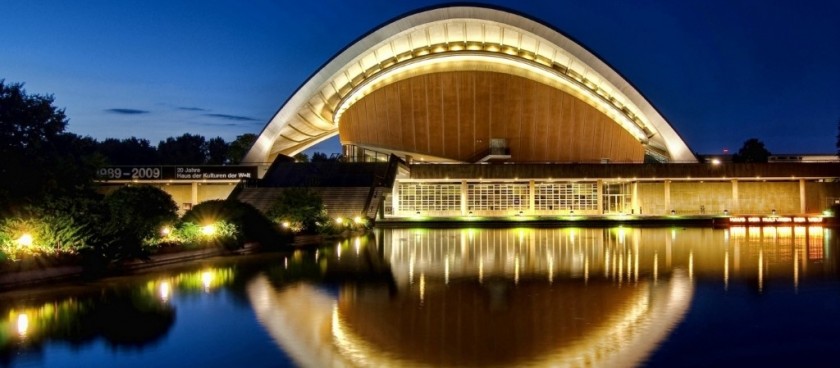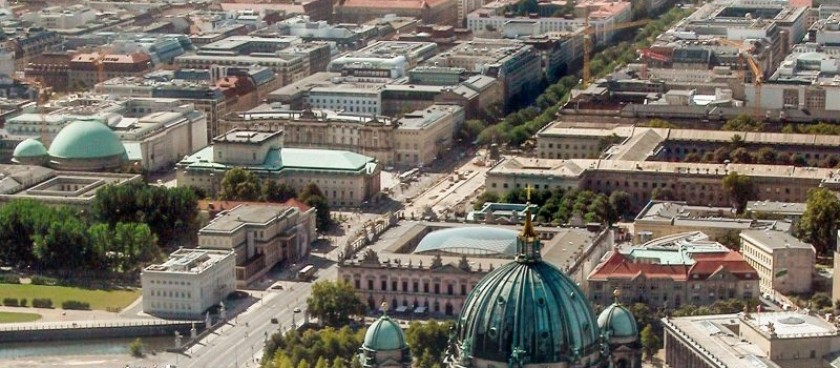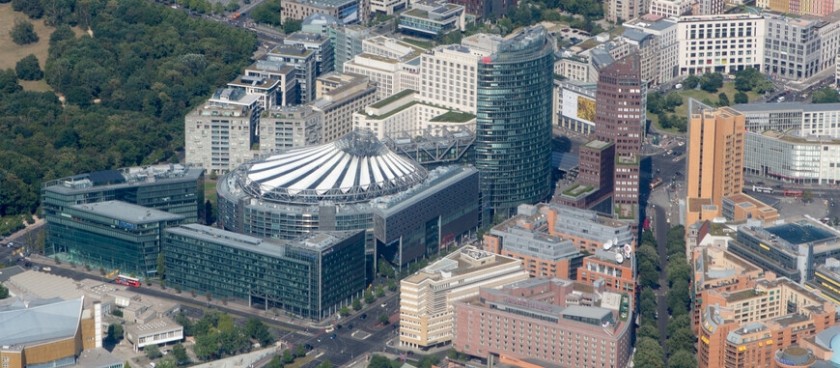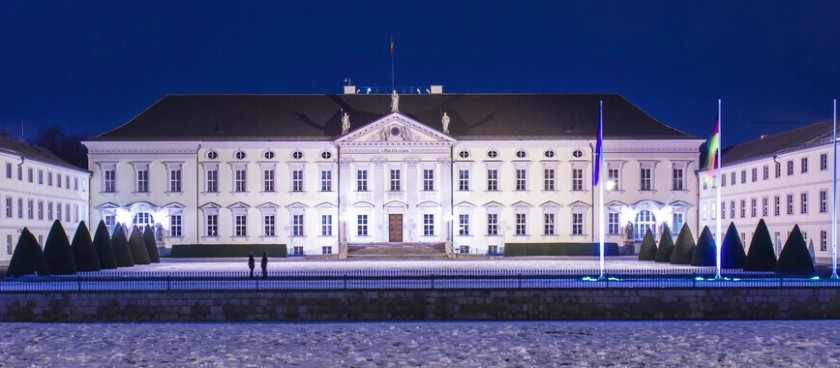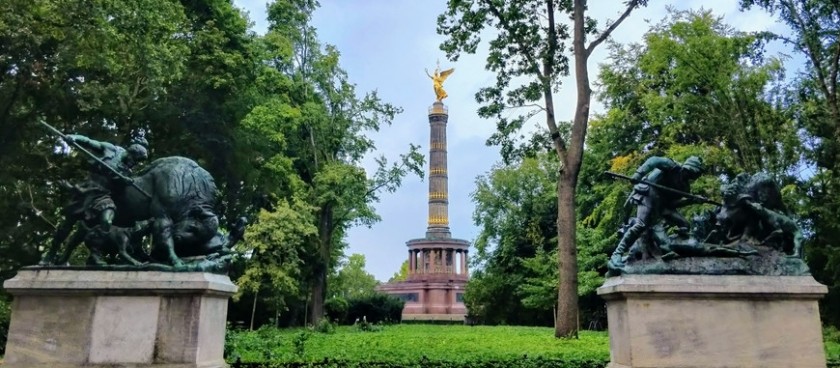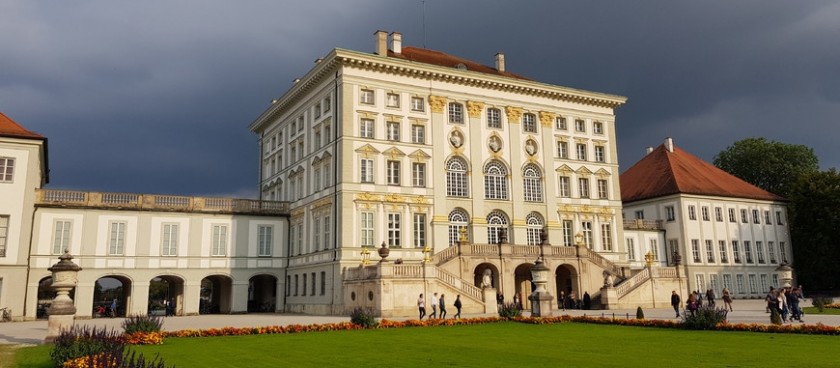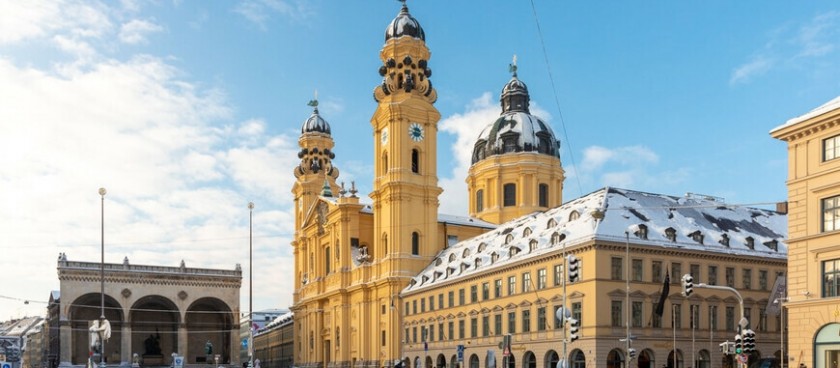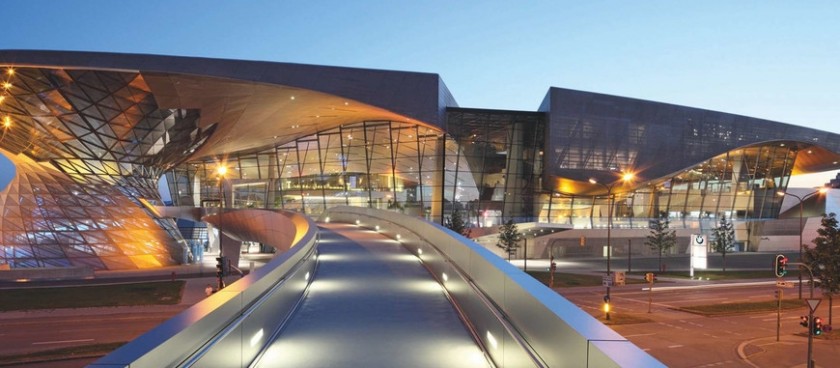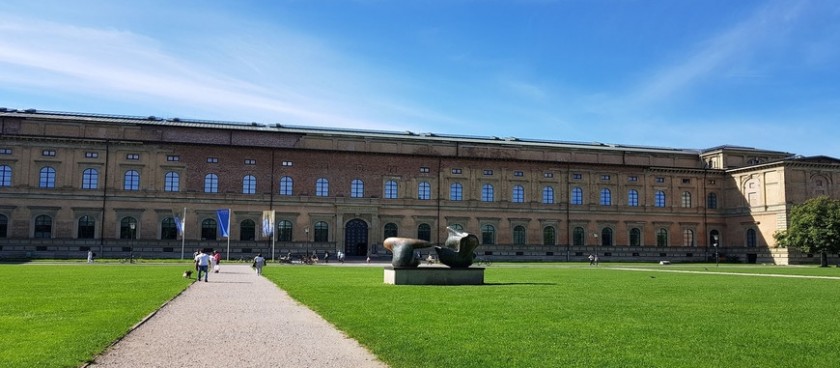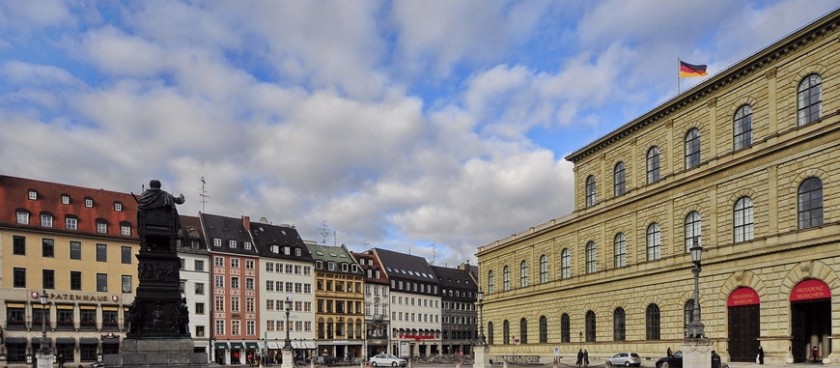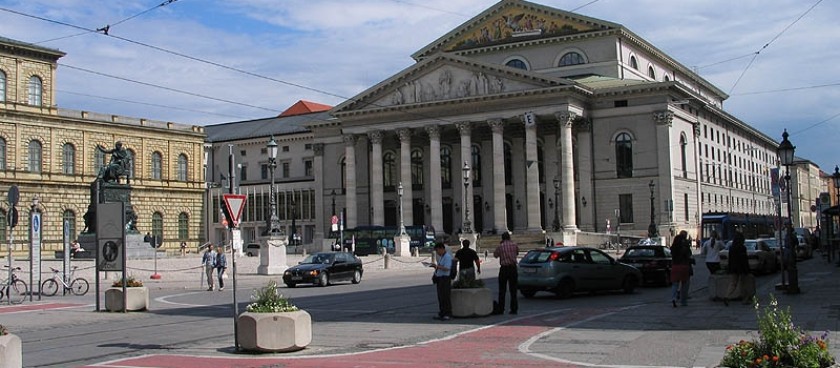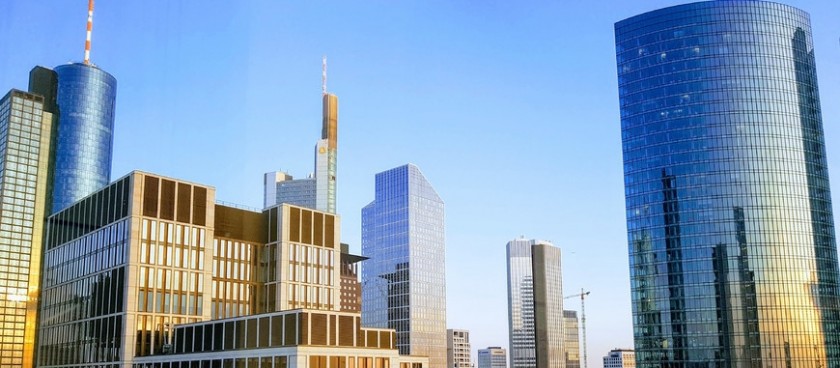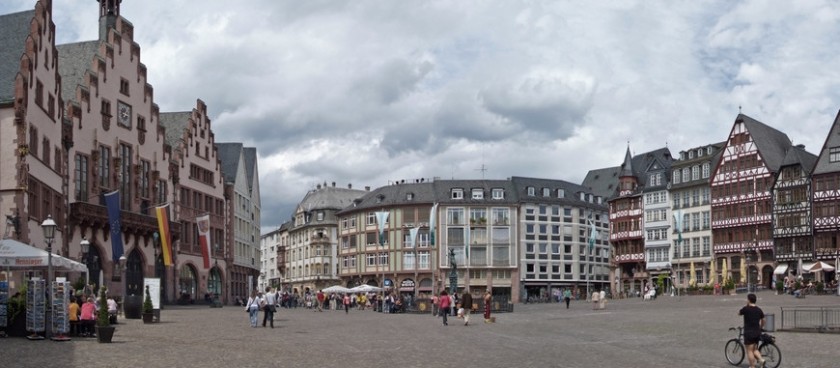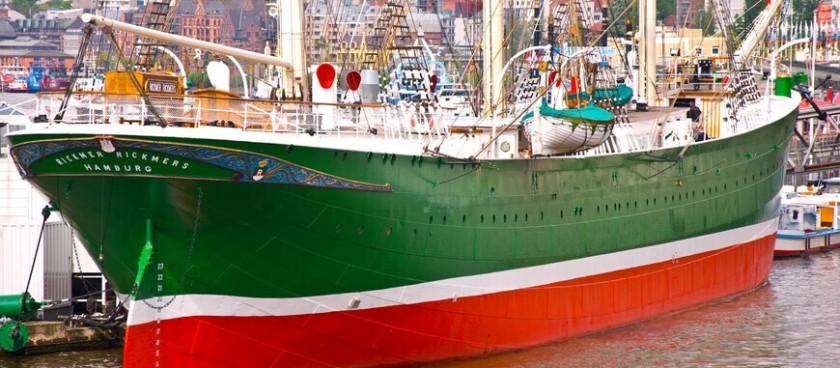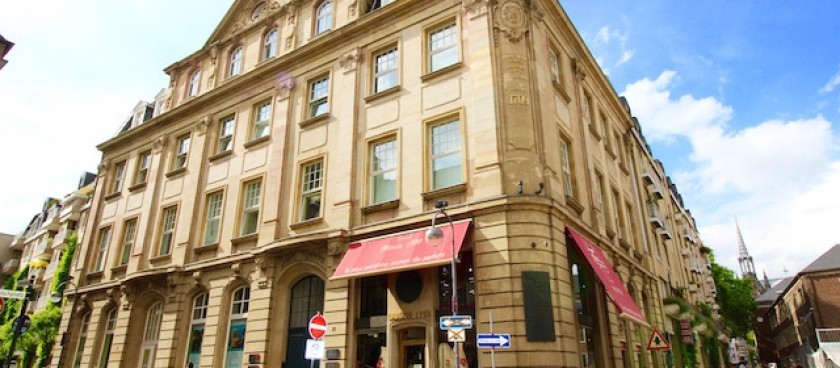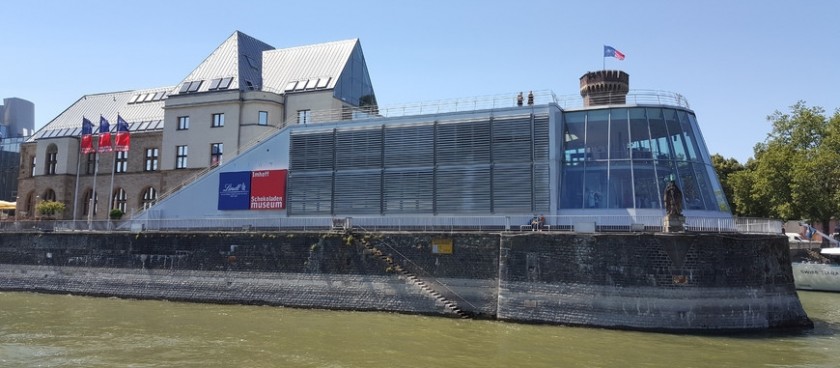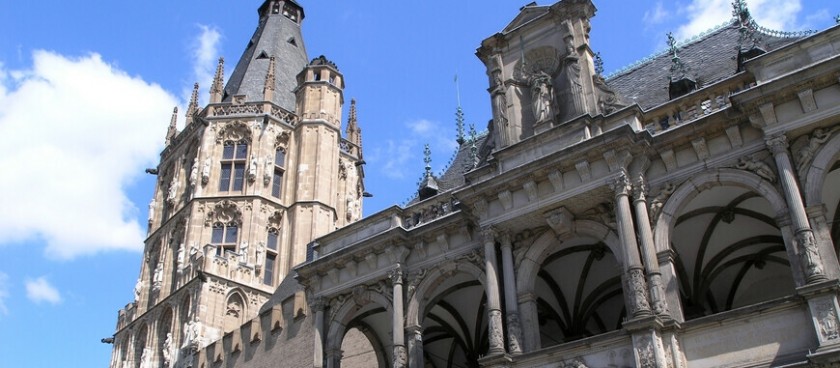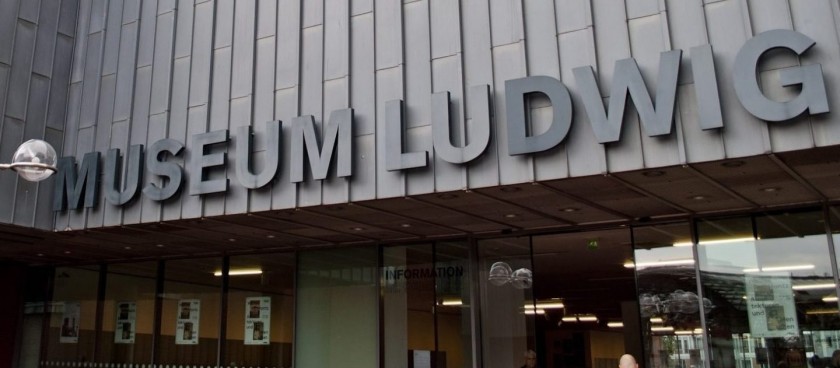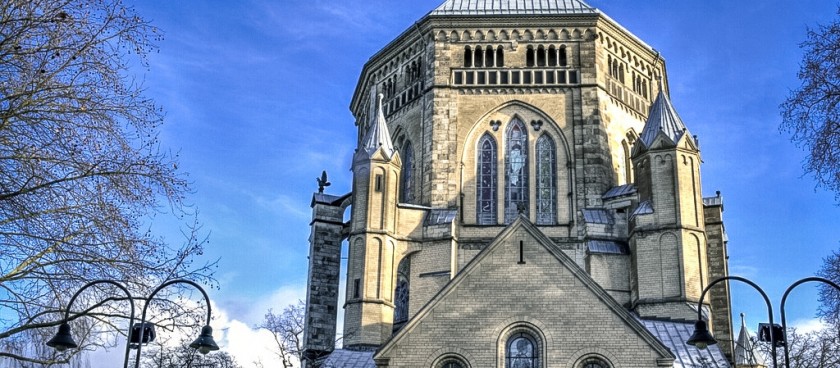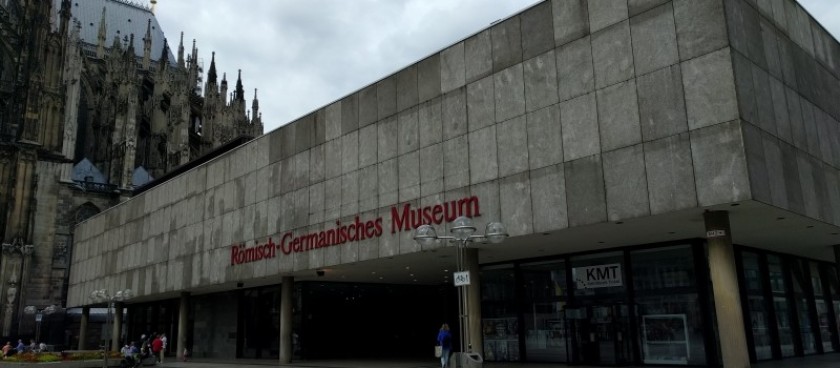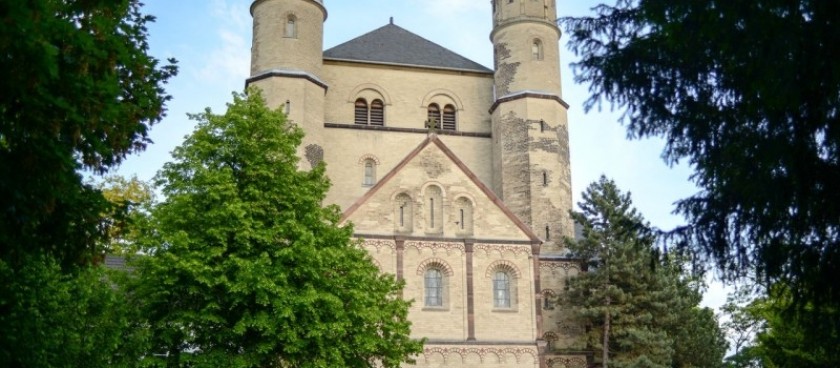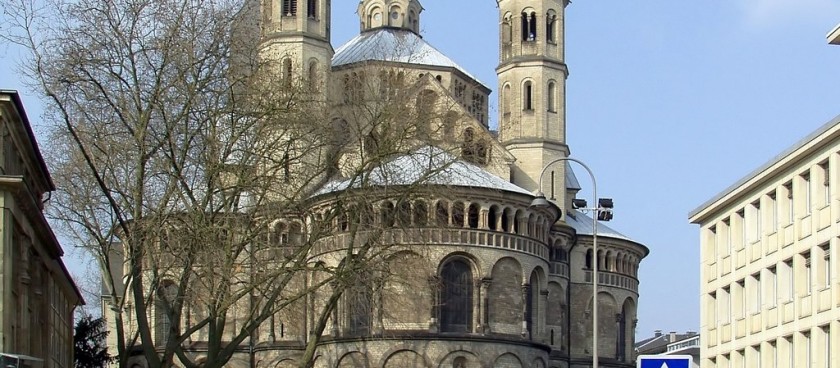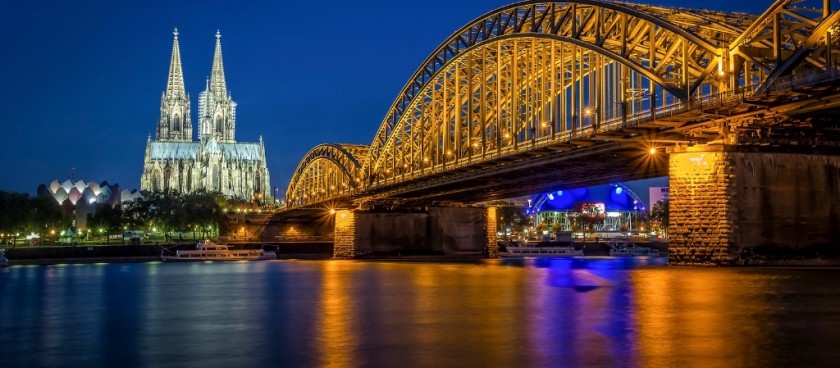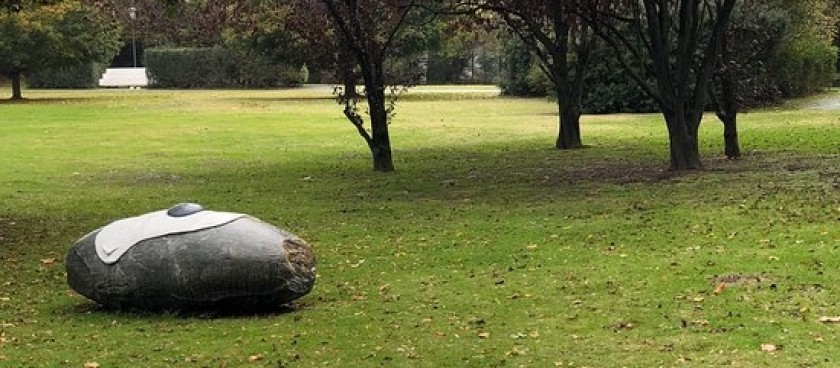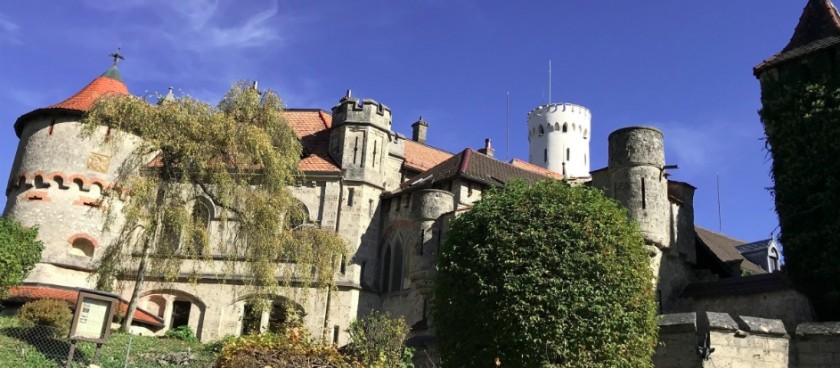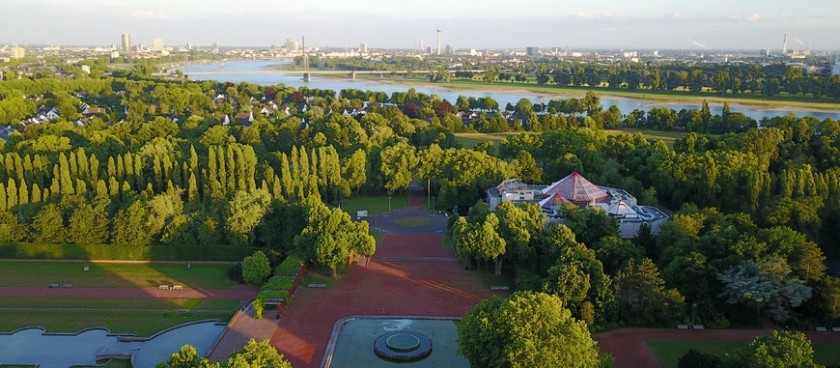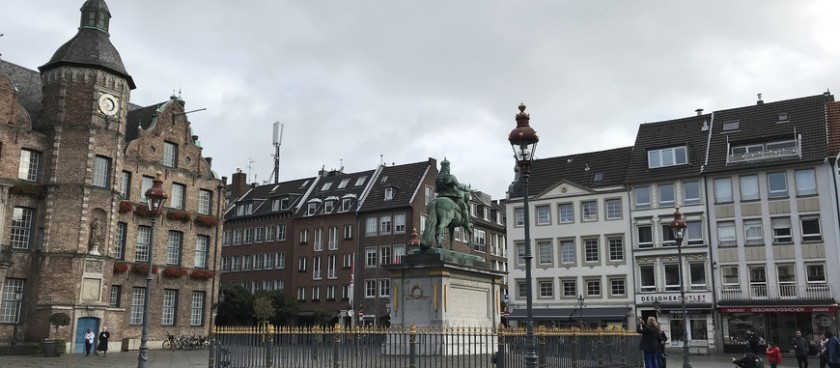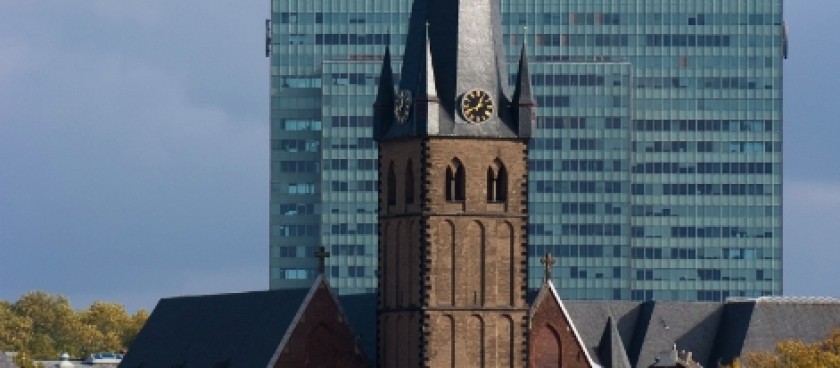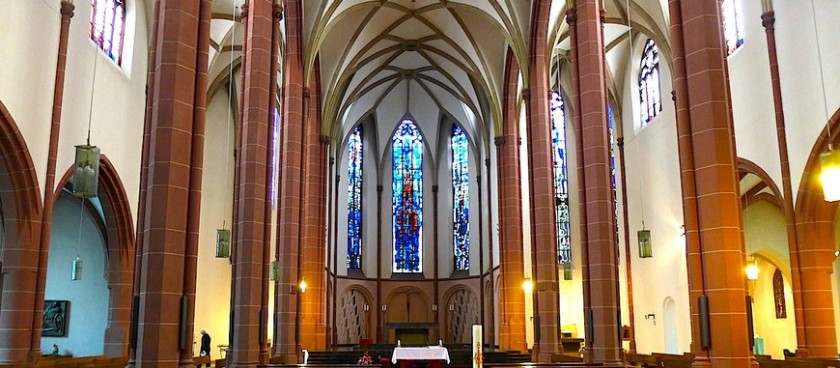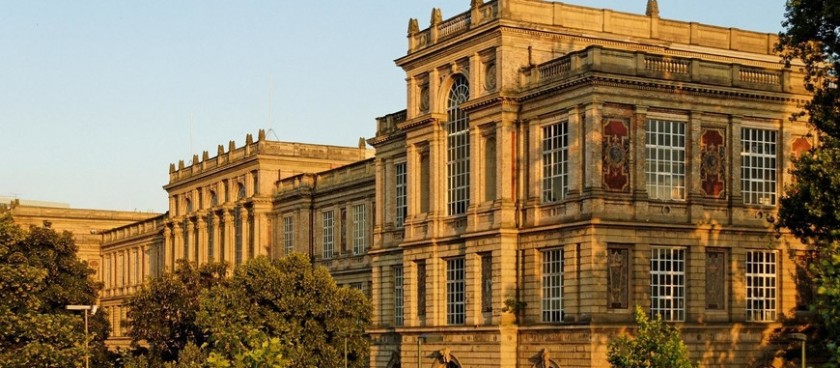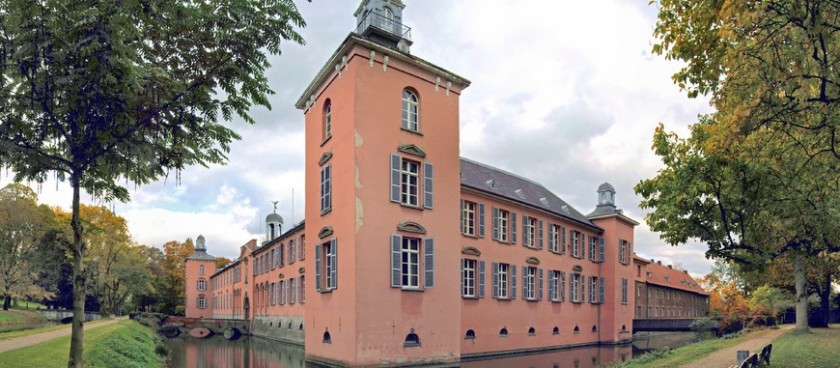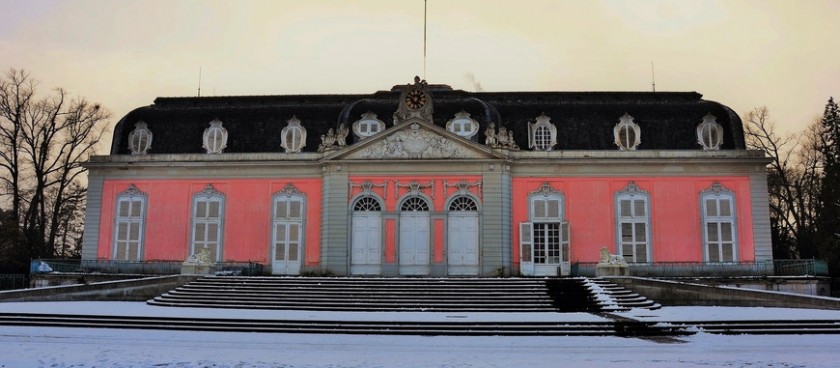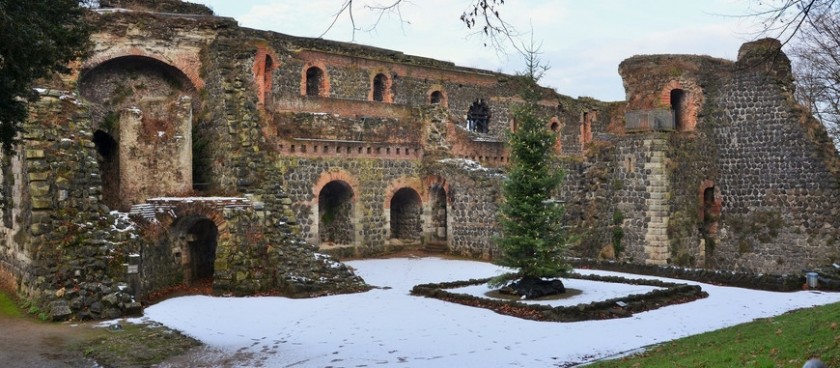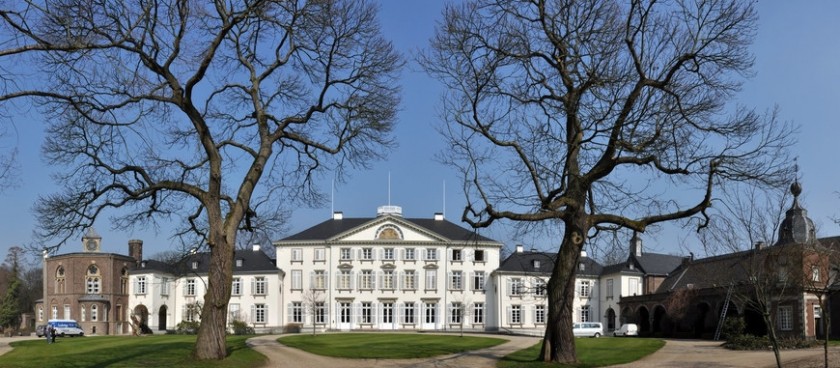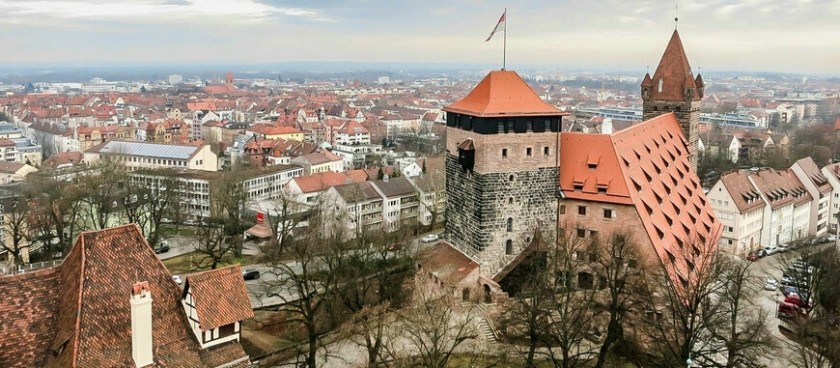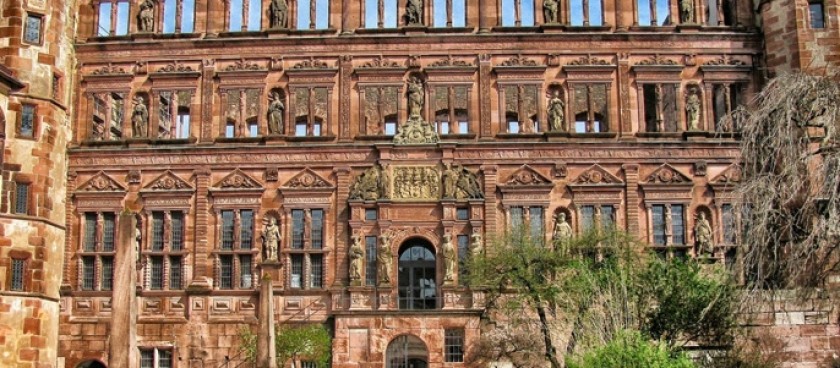Things to do in Germany
There are 66 places to visit in GERMANY at the moment 66Germany is a nation located in Central Europe. It is known to be the second most populated nation in Europe with 83 million residents. Sited between the Baltic and Northern oceans, and near the Sothern Alps, it covers an approximate area of 137,847 sq. miles. Its northern neighbour is Denmark, while Poland and the Czech Republic are located on the eastern side. Austria and Switzerland are on the South, and France, Luxembourg, Belgium, and the Netherlands are located towards the west.
Berlin is the capital of Germany, while its financial hub is Frankfurt. Euro is the official currency used.
Germany is the home to Europe’s most remarkable sights. You would relish its spectacular scenery that features the serrated Alps, flower-filled fields, rolling forest hills, and massive rivers. Today’s Germany is a biosphere of cutting-edge trains, luminous cities, social competence, and top-notch galleries that celebrate a multitude of history’s greatest cultural accomplishments.
Location And Climate
Germany’s central and southerly zones feature forested highlands cut through by the Danube, Main, and Rhine River Valley. On the northern side, the countryside has a huge plain that extends to the Northern Ocean. Among these extremes lies an incredible nation – Germany.
Known as the heart of Europe, the country has formed its history for good and bad. It is exclusively famous for bordering nine neighboring states, that no other nation in Europe matches.
The best cities to visit in Germany are Berlin – the capital, Heidelberg - the town of Mark Twain, Freiburg: a sunny entrance of southern Germany, Hamburg: gateway to the globe, Potsdam: a realm of fortresses and estates, Cologne: the impressive exquisiteness, Kiel: the capital of seafaring, Munich: the town of the world, and Dresden: the treasure trunk of Germany.
If you visit Germany, you would get a chance to explore its largest wooded region – the Black Forest, which is located towards the southwest close to the Swiss border. It is a hilly area loaded with pines and fir trees. Also, it comprises the basis of the Danube, one of Europe’s lengthiest rivers. While the main rivers in Germany to explore are the Rhine River, Danube River, Moselle, and Weser.
Germany features a temperate climate throughout the nation. You would relish the warm summers and cold winters. However, snow, frost, and rainfalls are quite common. So, the best time to visit Germany is summer (May to September).
What Are the Most Interesting Places to Visit?
The capital of Germany features world-class galleries and remarkable nightlife. You would love the arts, music, culture, bars, affordable food variety, and much more. While Munich has Germany’s best tourist spots that include beer halls/ beer festivals, parks, surfing, and royal palace.
And if you wish to one of the most beautiful cities of Germany –Bavaria, you would fall in love with the Romantic Road that heads towards beautiful snow-capped mountains. Hence, if you want to enjoy Germany tourist attractions, you would cherish them for life. You can enjoy and relax with your family.
Then, other famous places in Germany include the Black Forest, which is treasured for its dark green pine trees. If you love adventures, the hiking trails are simply amazing. On your quest, you can explore some beautiful places in Germany that include cuckoo clocks and enjoy finger-licking German food.
The best thing about Germany is that you can enjoy a budget-friendly and fun-filled holiday.
The top things to do in Germany are:
1. Explore Berlin’s amazing museums, nightlife, music, and food.
2. Dive into the history of Munich with small streets, great beer adventures, parks, and palaces.
3. Join the world’s largest beer festival
4. Explore the romantic road and snowy mountains.
5. Hike into the Black Forest and amaze yourself
6. Explore Germany’s largest freshwater lake - Lake Constance, which is the third-largest in Central Europe.
7. Pay a Visit to Hanover that features old buildings with a heavy atmosphere on the roads. You would love the forests, parks and Sprengel Museum.
8. Trek Berchtesgaden National Park, a plush forest loaded with alpines, crystal clear waters, heavy-eyed villages, and beautiful meadows. You will be relaxed and refreshed by the sounds of chirping birds, and cowbells. The well-marked trails and wonderful scenery is best for adventures.
9. Discover the Trier, an ancient town in the country. You will get a chance to explore the 2000 years old history. You will find some inspiring ancient shells of the Roman emperors. The most popular of all is the Black Gate, an epic structure that was once a fragment of city walls. Snuggled in the Moselle River valley, attractive Trier is capped with countless wineries and rustic villages.
10. Sightsee Dresden that offers remarkable treasures and grand buildings. Crossed by the grand Elbe River, it is famous as the best nightlife spot for youths.
11. Devote one day to Cologne, a historic city in Western Germany features exciting art scenes, incredible intercontinental bistros, and many waterside espresso bar and inns.
12. Enjoy time at Neuschwanstein Castle, a neo-romantic palace floating on a rugged hill close to Füssen. A model to the Disney castle, you can have some cherished memories at this place.
13. Experience the beauty of Frankfurt. Home to remarkable eateries, historical sights, and inspiring tourist attractions. The beautiful exhibition halls and science museums are every tourist’s favorite pick. This economical place helps you enjoy it on a pocket-friendly budget.
14. Discover the historic Olympia Park in Munich. Exclusively built for Olympic Games in 1972, it is famous for the world’s largest roof that extends more than 700,000 feet. You can enjoy the most amazing food at great restaurants. Also, you can visit the nearby BMW Museum.
15. Head on to Schloss Colditz; initially constructed as a Renaissance palace, it is the most inspiring structure with a strange history. It has served as a hunting cottage and a mental clinic. Besides, it was a famous prison during World War II times.
16. Explore Hamburg – one of the most beautiful cities in Germany. This second-largest city of Germany with the busiest port is famous for its incredible parks and canals. The proximity to Inner Alster lake is speckled with boats and nice cafes. You can conveniently connect the Neustadt (new town) with the Altstadt (old town) and discover its extraordinary landmarks that include 18th-century St. Michael’s Church.
17. Tierpark Hagenbeck in Hamburg is a homeland to more than 2500 animals. Apart from the model attractions, you can explore the snuggling zoo, tiny railway, pony rides, gorgeous kid’s playground, and a Japanese garden.
18. Enjoy the charm of Bremen, a small municipal that is worth exploring. The amiable Schnoor region makes for a great wander, and there is a stunning church in the market square.
Administrative divisions, demographics
Germany is a self-ruled, centralized parliamentary state where national law-making power is entrusted in the Bundestag (the parliament of Germany) and the Bundesrat (the demonstrative body of Germany's local states).
It is the sixteenth most populous nation on the globe; the reason was varied ethnicities, beliefs, and socio-economic backgrounds. Also, it is enlisted as the third-highest number of global immigrants globally.
The official language of this country is German. More than 95% of the populace has German as their first language. While the minority languages include Sorbian in East Germany, North Frisian in North Germany. While the Danish language is spoken by almost 0.06% of the population. Romani, a native language is adopted by almost 0.08% of the residents. While the immigrant languages include Turkish and Kurdish.
Almost 66% of the residents have Christianity as their religion. Almost half of the Christians are Catholic majorly Latin Catholics (concentrated in the south and west part of the nation). Almost 5% - 7% are Muslims. Other minority religions include Buddhism, Judaism, Hinduism, and Yezidism. While the remaining population is not associated with any church so are categorized as a skeptic, agnostic, or otherwise nonreligious.
Germany provides the greatest respect to Human Rights, and it is protected in its Basic Law. On a worldwide level, Germany is devoted to shielding basic liberties.
Transportation, communications
Germany features a dense system of communication facilities. Located at the heart of Europe, it facilitates transit traffic to its bordering nations.
The busiest airports in Germany include Frankfurt, Munich, Düsseldorf, Berlin Tegel, Hamburg, Berlin Schönefeld, Stuttgart, Cologne/Bonn, Hanover, and Dortmund.
Germany’s chief domestic port in Duisburg or Duisport. It is the world’s largest internal port. While the Port of Hamburg is the biggest seaport in Germany that is positioned between the Northern Sea and Baltic Sea. It is famous as the second-largest container port across Europe and the 11th largest in the globe.
Getting Across Germany
Getting around Germany is easy due to its ideal public and private transportation network. You can whizz around from here and there in public transport which is regarded to be one of the best across Europe. However, cars and trains are also ideal options for traveling around the country.
Train
Germany features an extensive regional train system that offers frequent departures. Although costly, but you can find many economical deals.
Car
The developed road network across Germany allows you to travel easily in a car. You can hire a car in every town and city.
Bus
If you are looking for cheaper transport, you may travel on a bus. Although, it is slower as compared to the train you will appreciate the emerging long-haul network. Germany offers regional bus services where there is no rail network.
Air Travel
Germany has a remarkable air travel system. but it is preferred only for quick and long travel distances.
Food and Drinks
People find German cuisines as plain and lifeless. But this is only true for the early German communities, who liked eating barley, dairy products, and certain types of meat. Though, with time, the German cuisine has changed to more diverse. Now, you can enjoy its remarkable wine, fruits, and vegetables, and popular cereals “spelt and rye”, and the scrumptious German bread.
Economy, culture, foreign relations
After losing WWII, Germany was devastated. Western Germany recovered and became Europe’s richest nation, while East Germany is under socialist control. After the reunion in 1989, Germany spent billions of dollars to revolutionize the East.
Germany, a populated country is home to varied religions, customs, and civilizations that formulates the rich national spirit. It is famous for its extensive and rich history, which has molded its culture which syndicates mainly Christian values with prose, fine art, philosophy, lucidity, motive, and love of beer and sausages.
History
Early Germany was a collage of tiny states governed by dukes and kings. In 1871, the nation was united, through militaries and unions by Otto von Bismarck (politician). By the late 19th century Germany starting challenging other European nations to establish colonies in Africa and Asia. These rivalries led to the first World War. Germany lost the battle to other nations.
When Adolf Hitler overtook, he was determined to re-establish Germany. He attacked Poland and initiated World War II. This war ended in 1945 when the Germans got defeated. Consequently, Germany got separated into East and West and became the logjam for the Soviet Union and Western powers.

